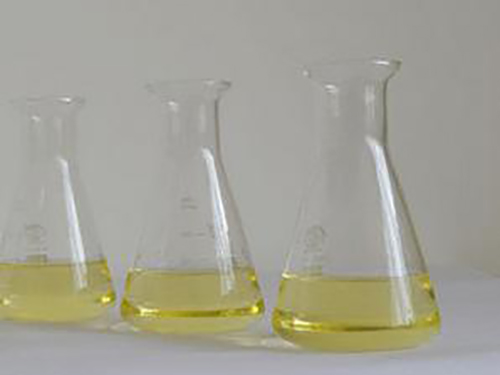polyhydric alcohol phosphate ester
Polyhydric Alcohol Phosphate Esters An Overview
Polyhydric alcohol phosphate esters represent a unique and versatile class of chemical compounds that have gained significant attention in various applications, ranging from industrial manufacturing to pharmaceuticals. These compounds are synthesized by the esterification of polyhydric alcohols, such as glycerol or sorbitol, with phosphate groups. The resulting esters possess multiple hydroxyl (-OH) groups, which confer distinct physical and chemical properties, making them suitable for numerous applications.
Structure and Properties
The fundamental structure of polyhydric alcohol phosphate esters consists of a polyhydric alcohol backbone that is esterified with phosphoric acid. The incorporation of phosphate groups significantly influences the hydrophilicity, solubility, and reactivity of the compounds. The presence of multiple -OH groups enhances their ability to form hydrogen bonds, leading to improved wetting properties and compatibility with various solvents. Moreover, the phosphate moieties can impart ionic character, facilitating interactions with anionic or cationic species.
Applications
1. Surfactants and Emulsifiers One of the primary applications of polyhydric alcohol phosphate esters is as surfactants and emulsifiers in various industrial processes. Their amphiphilic nature allows them to reduce surface tension, enabling the stabilization of emulsions and foams. This property makes them valuable in the formulation of personal care products, detergents, and food emulsions.
2. Plasticizers In the field of polymer chemistry, these esters are often used as plasticizers to enhance the flexibility and durability of plastics. They can be incorporated into PVC and other synthetic polymers to improve their performance, thermal stability, and resistance to brittleness.
3. Pharmaceuticals Polyhydric alcohol phosphate esters also play a crucial role in the pharmaceutical industry. They are used as drug delivery systems, enabling the controlled release of therapeutic agents. The biocompatibility and biodegradability of these compounds make them ideal candidates for formulating injectable drugs, particularly for poorly soluble active pharmaceutical ingredients.
polyhydric alcohol phosphate ester

4. Agricultural Applications In agriculture, these compounds are utilized as adjuvants in pesticide formulations. Their ability to enhance the wetting and spreading properties of agrochemicals improves their efficacy. Additionally, polyhydric alcohol phosphate esters can enhance the absorption of nutrients and pesticides by plant tissues.
Environmental and Safety Considerations
While polyhydric alcohol phosphate esters exhibit numerous beneficial properties, it is essential to consider their environmental impact. Research indicates that certain phosphate esters may contribute to eutrophication in aquatic systems, leading to the proliferation of algae and subsequent depletion of oxygen in water bodies. Consequently, there is a growing emphasis on the development of more sustainable and biodegradable alternatives to traditional phosphate esters.
From a safety perspective, the toxicity of these compounds can vary depending on their structure and the solvents they are used with. Comprehensive toxicological assessments are crucial to ensure that formulations containing these esters are safe for human use and environmental release.
Future Directions
The future of polyhydric alcohol phosphate esters lies in the continuous exploration of their potential in novel applications. Research is underway to develop more biodegradable and environmentally friendly derivatives, alongside the investigation of their use in nanotechnology, as stabilizers for nanoparticles, and in biomedical applications, such as drug targeting and gene delivery systems.
In summary, polyhydric alcohol phosphate esters represent a dynamic area of chemical research with diverse applications across various fields. Their unique structural characteristics and functional properties facilitate their use in enhancing product performance, paving the way for innovations in technology and sustainability. As research advances, the potential to create more eco-friendly variations could transform the landscape of their application, aligning with global efforts towards sustainability and environmental stewardship.
-
lk-319-special-scale-and-corrosion-inhibitor-for-steel-plants-advanced-solutions-for-industrial-water-systemsNewsAug.22,2025
-
flocculant-water-treatment-essential-chemical-solutions-for-purification-processesNewsAug.22,2025
-
isothiazolinones-versatile-microbial-control-agents-for-industrial-and-consumer-applicationsNewsAug.22,2025
-
scale-inhibitor-key-solutions-for-water-system-scale-preventionNewsAug.22,2025
-
organophosphonates-versatile-scale-inhibitors-for-industrial-water-systemsNewsAug.22,2025
-
scale-and-corrosion-inhibitor-essential-chemical-solutions-for-water-system-maintenanceNewsAug.22,2025





